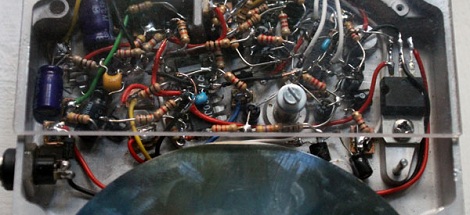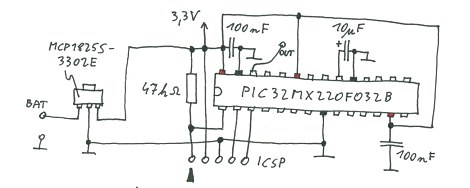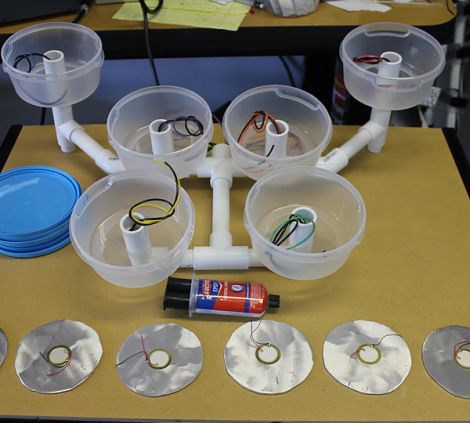
At Hack a Day, we don’t throw the term genius around lightly. We’re obligated to bestow that title on [Don Gilmore] for his amazingly simple self-tuning piano. To appreciate [Don]’s build, you need to realize that just because a piano has 88 keys, that doesn’t mean it has 88 strings. Treble notes have three strings per key while tenor and bass notes have one or two strings each. This usually comes out to more than 200 strings per piano, and [Don] can bring them all up to tune in under a minute.
[Don]’s system needs to perform two functions. The first one is sustaining the strings so the computer can ‘hear’ the strings. He does this with a magnetic sustainer that is a lot like an E-Bow. To bring the strings up to the right pitch, there are small heaters underneath the pin block. Running a little bit of current through these heaters allows [Don] to decrease the tension of each string and lower the pitch.
This tech reminds us of the Gibson Robot Guitar, a self-tuning guitar that does it’s trick with motors in the tuners. The Gibson didn’t do well on the sales floor, given that everybody and their mom can tune a guitar. Pianos, though, are another story. [Don] is looking for investors to bring his idea to market, and we hope to see it on the floor of a music shop sometime in the future.
Continue reading “Self-tuning Piano Can Tune Itself, Can’t Tuna Fish”
















